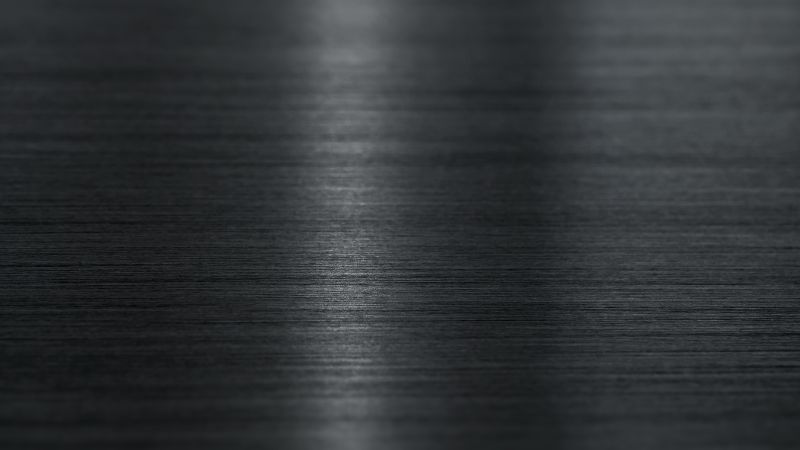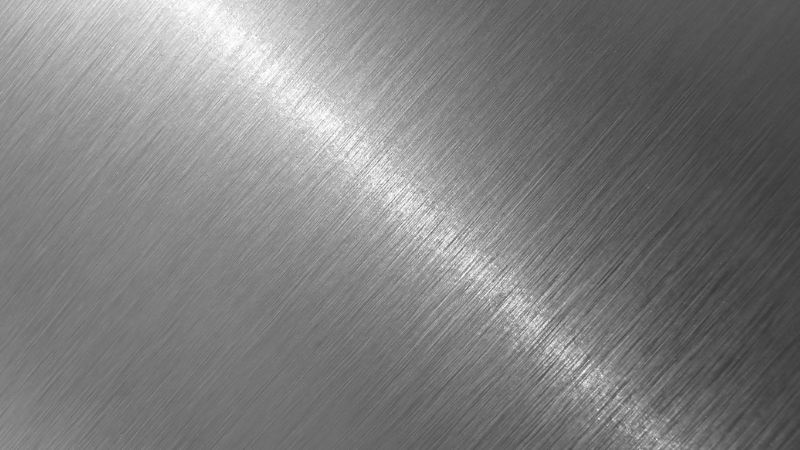
Gym Essentials For Women:A Complete List
Enthusiasts who never miss a session, understanding the gym essentials for women is crucial, not just for what to wear but also for what to

Stainless steel is all around us, but when it comes to choosing between Stainless Steel 304 and 201, things can get confusing. These two types have important differences.
In this blog, we’ll break down the distinctions, from their ingredients and appearance to their durability and applications.
Whether you’re buying products made from stainless steel or using it for a project, understanding the contrasts between Stainless Steel 304 and 201 will help you make informed choices.
Stainless steel plates come in two common types: 201 and 304. These types have different ingredients. 201-grade stainless steel has 15% chromium and 5% nickel, while 304 stainless steel follows a standard with 18% chromium and 9% nickel. Because 304 has more nickel and chromium, it’s better at resisting rust compared to 201.

However, this also makes 304 more expensive. Almost every brand makes high-quality products like insulated water bottles, stainless steel tumblers, beer growlers, insulated lunch boxes, and stainless steel shakers from 201/304 stainless steel.
In terms of manganese content, 201 stainless steel has more, giving it a darker surface color, while 304 is brighter and whiter. However, this difference is not easy to spot with the naked eye.

Due to variations in nickel content, 201 is not as corrosion-resistant as 304. Additionally, 201 has a higher carbon content, making it harder and more brittle than 304. You can easily notice scratches on 201 if you use a hard-cutting knife on its surface, whereas scratches on 304 are less noticeable.
When it comes to 201 stainless steel, it has some useful features like being resistant to acids and alkalis, having high density, and being easy to polish without creating bubbles or pinholes.
Because of these qualities, it’s often chosen for making watch cases, watchband bases, and high-quality materials. It’s also used for decorative pipes, industrial pipes, and some simple-shaped products.
On the other hand, 304 stainless steel is the most widely used type of stainless steel.
It contains chromium and nickel and offers excellent corrosion resistance, heat resistance, low-temperature strength, and mechanical properties.
It can resist corrosion in regular atmospheric conditions, but in industrial or highly polluted areas, it should be cleaned regularly to prevent damage.
304 stainless steel is recognized as food-grade stainless steel by national standards, making it suitable for use in food-related applications.
When deciding which type of stainless steel to use, several factors come into play, including the desired appearance, local environmental conditions, and cleaning requirements.
304 stainless steel works well in dry indoor settings. However, when used outdoors in rural or urban areas, it may require frequent cleaning to maintain its appearance.
In heavily polluted industrial areas and coastal regions, surfaces can become very dirty or even rusted.
To achieve the desired aesthetic effect in outdoor environments, it’s advisable to opt for stainless steel that contains nickel.
As a result, 304 stainless steel is commonly used in construction for applications like curtain walls, side walls, and roofs.
Nevertheless, in harsh industrial or oceanic environments, it’s better to go with 304 stainless steel for its durability.
Additionally, 304 stainless steel is known for its excellent processing capabilities and high toughness, making it a popular choice in various industries, including construction, furniture decoration, and the food and medical sectors.
Our stainless steel bottles that remind you to drink water are made from a type of stainless steel called 304.
This steel is considered safe for food and has excellent resistance to rust, acids, and bases. It’s also very strong and durable.
Q: Are there any visible differences between Stainless Steel 304 and 201?
A: Yes, there can be some subtle visual differences between the two.
Due to its higher manganese content, Stainless Steel 201 may have a slightly darker surface color compared to the brighter and whiter appearance of Stainless Steel 304.
However, these differences are not easily noticeable to the naked eye.
Q: Is 304 stainless steel safe to drink from?
Yes, 304 stainless steel is considered safe for use in drinkware and is commonly used in kitchenware, including cups and water bottles.
If you’re looking for a safe, reusable option for drinking water, choosing a bottle made from 304 or 18/8 food-grade stainless steel is advisable.
304-grade stainless steel is considered safe and non-toxic at any temperature.
Even if the surface is scratched or the material gets old, it won’t leach chemicals into your water.
Q: Is Stainless Steel 304 safe for food-related applications?
A: Yes, Stainless Steel 304 is considered food-grade stainless steel by national standards.
It is safe for use in food-related applications due to its corrosion resistance, making it a popular choice in the food and medical sectors.
Q: Why are stainless steel bottles typically made from Stainless Steel 304?
A: Stainless Steel 304 is often chosen for making stainless steel bottles because it is safe for food, highly resistant to rust, acids, and bases, and known for its strength and durability.
This makes it an ideal material for containers that come into contact with food and beverages.
AISI 304 Stainless Steel – One Of The Most Versatile Grades In Stainless Steel, Updated on September 18, 2019. Click here.
AISI 201 (S20100) Stainless Steel, AISI 201 stainless steel is austenitic stainless steel formulated for primary forming into wrought products. 201 is the AISI designation for this material. S20100 is the UNS number. Click here.


Enthusiasts who never miss a session, understanding the gym essentials for women is crucial, not just for what to wear but also for what to

A common myth circulating in the fitness world is the belief that a gym diet plan is unnecessary. Many seem convinced that they can simply

The average bench press, often referred to humorously in gyms as ‘How much ya bench’ or ‘whaddaya bench?’, stands as a quintessential measure of strength

Nowadays, we always seem to be packing a bag for something. Whether it’s getting ready for work with your messenger bag or briefcase, filling up

Enthusiasts who never miss a session, understanding the gym essentials for women is crucial, not just for what to wear but also for what to

A common myth circulating in the fitness world is the belief that a gym diet plan is unnecessary. Many seem convinced that they can simply

The average bench press, often referred to humorously in gyms as ‘How much ya bench’ or ‘whaddaya bench?’, stands as a quintessential measure of strength

Nowadays, we always seem to be packing a bag for something. Whether it’s getting ready for work with your messenger bag or briefcase, filling up
Copyright © 2024 remindsmartbottles. All Rights Reserved.
Copy the coupon code below and fill it in when you purchase to enjoy!
newuser